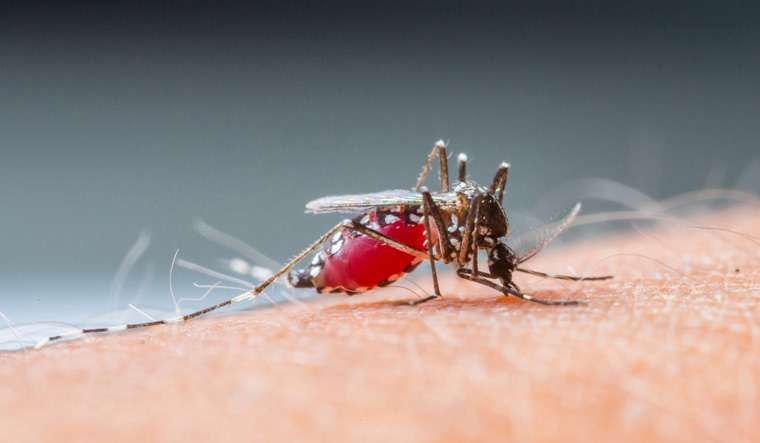With greater attention now on any virus that has the potential to spread unabated, a new virus earlier seen in Vietnam and China has made headlines—the ‘Cat Que Virus’ (CQV)—
which has been brought to public attention by a study published in the Indian Journal of Medical Research that found the presence of antibodies against CQV in samples taken in 2014 and 2017.
The study, by researchers from the Maximum Containment Laboratory and the Indian Council of Medical Research's (ICMR) National Institute of Virology, was published in July and looked at the Cat Que Virus, usually found in Culex mosquitoes and pigs. It looked at 1,020 human serum samples between 2014-17, with most of them taken from Karnataka followed by Maharashtra, Kerala, Madhya Pradesh and Gujarat. Of these, RT-PCR tests came up negative for all of them. However, two out of 883 samples tested for the presence of antibodies came up positive.
The study does not note its symptoms, although the patients it looked at all had ‘acute febrile illness’ and had tested negative for Crimean congo haemorrhagic fever (CCHF) and Kyasanur forest disease (KFD), Dengue (DENV) and Chikungunya viruses.
Curiously, the virus had earlier been isolated from a jungle myna serum sample from Karnataka’s Sagar district taken in 1961—at first considered an unknown virus and later found to be CQV, according to a 2018 study published in Viruses.
The virus was only isolated as recently as 2006, in Culex mosquitoes in China’s Sichuan province.
CQV is an Arthropod-borne virus (arbovirus), classified as a Simbu serogroup virus, closely related to the Oya virus. Pigs are considered its primary hosts, while mosquitoes can act as a vector. The 2018 study hypothesised that it could have originally been carried by birds.
The 2020 study in IJMR says there is a need for cross sectional surveillance to understand the circulation of this virus in India and says the diagnostic tools it used can be used to detect CQV in human and swine populations.
The study notes that there is a “possible disease-causing potential of CQV in Indian scenario”. However, there are not many cases of CQV documented in humans.
A 2019 study published in IJMR counted the virus among others that had “outbreak potential”, giving it a Biosafety Risk Group of 2 (which government regulations classify as microorganisms “that can cause disease in human /animal/ plant but the laboratory exposures may or may not cause serious infection to individual and risk(s) of spread of infection is limited” as per the Regulations and Guidelines on Biosafety of Recombinant DNA Research & Biocontainment, 2017.


